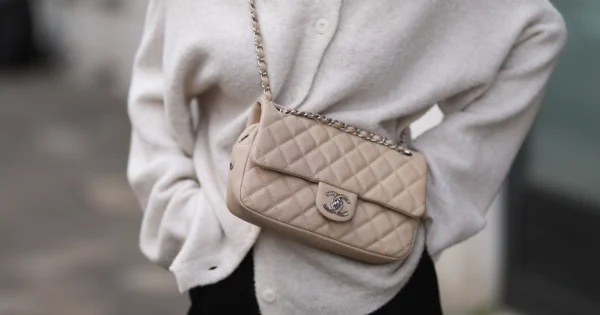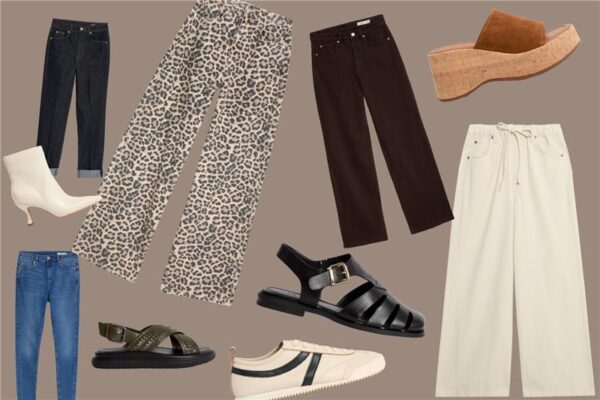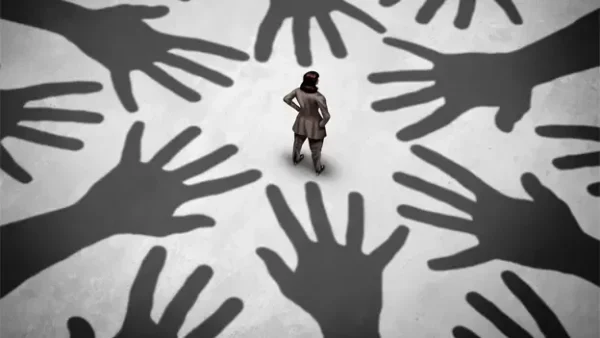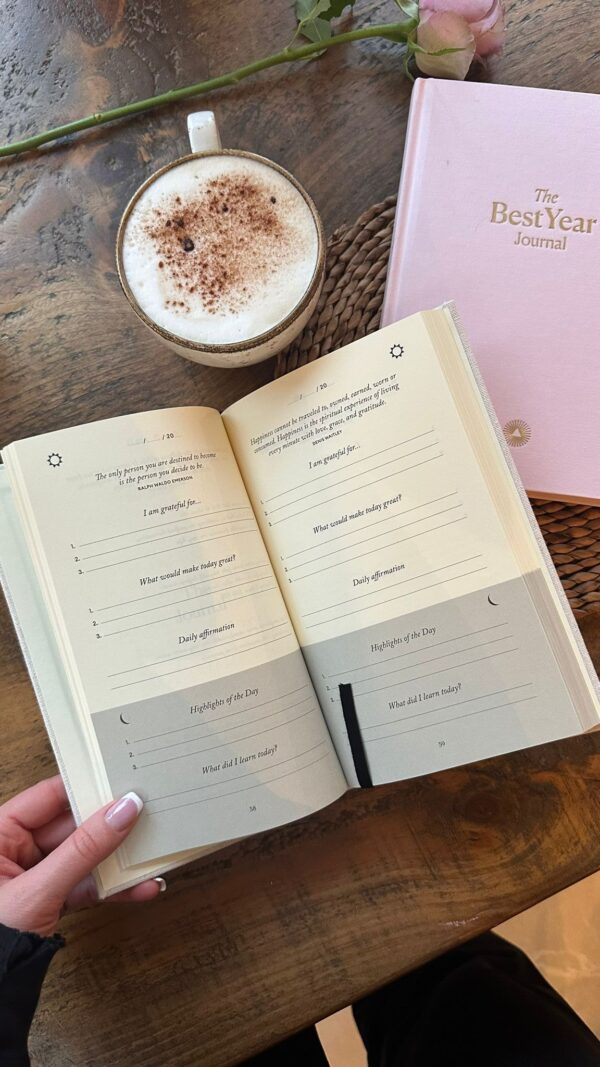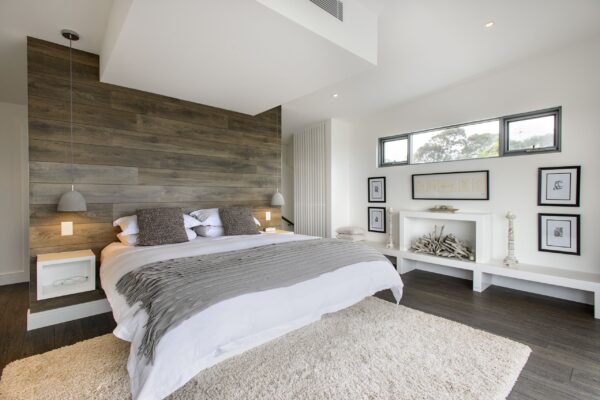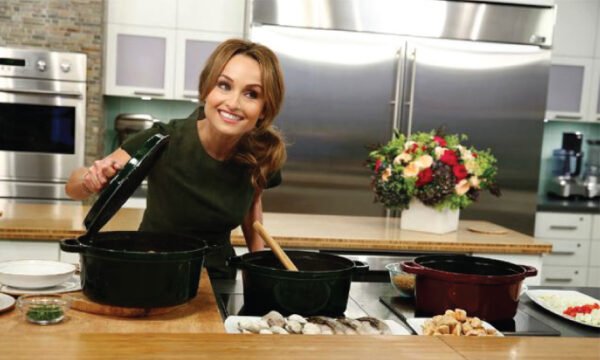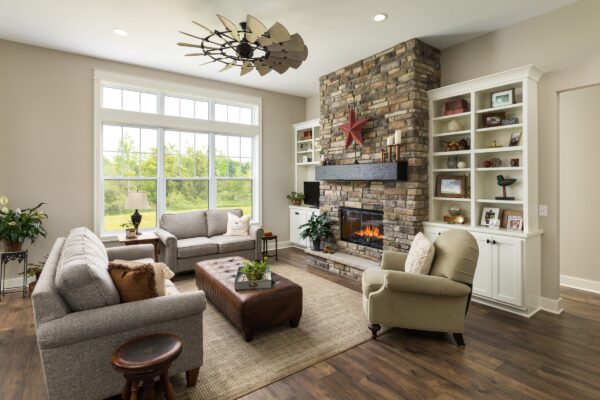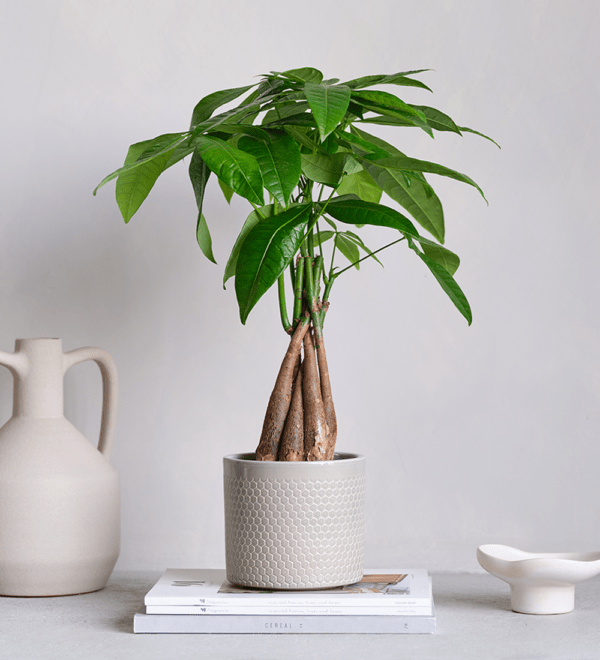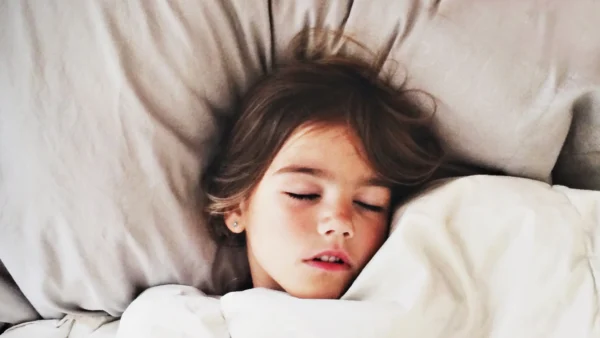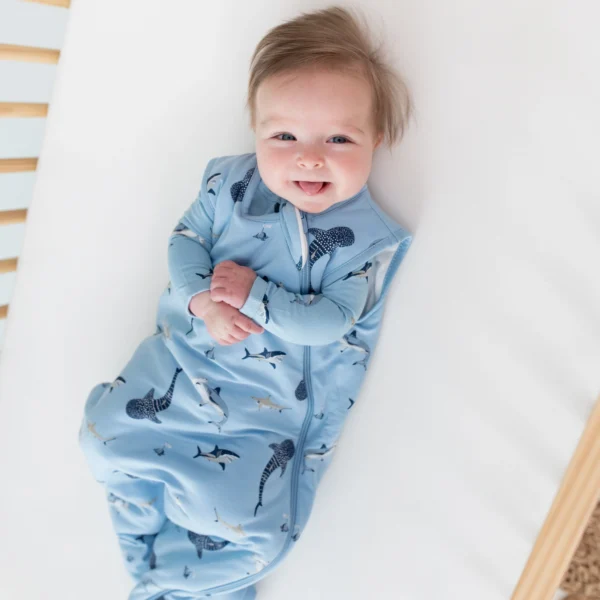
One Size Doesn’t Fit All, So Which Bed is the Right One for Your Child?

Did you know that by the age of two, most children will have spent more time asleep than awake? It might be even more surprising to know that a child will spend 40 per cent of his or her childhood asleep!
There is no denying the fact that sleep is vital for everyone’s health, but most importantly for children. Sleep is the primary activity of a child’s brain during early childhood due to the rapid development and growth that they will pass through in such a short period of time. Not only that, but the quality and quantity of sleep achieved will directly impact both their mental and physical development. Independent sleep expert, Dr Neil Stanley can’t stress enough that ‘for a child, sleep is the most important thing they can do.’
Although the recipe for getting your child to sleep and then ensuring said sleep is of a good quality may not be straightforward, there are healthy tips and tricks available to help you perfect your child’s sleep environment, from following an evening routine to keeping the lights dim. Children need to feel safe and comfortable at bedtime in order to relax and allow themselves to drift off. That said, it should come as no surprise that their bed and mattress can impact feelings of safety as well as comfort, so while it may sound a simple tip, it is well worthwhile spending the time researching a good-quality bed that is just right for your child and, ultimately choosing one that will help them drift off into a peaceful nights slumber.
Sleep expert, and author of ‘How to Sleep Well’ Dr Neil Stanley advises ‘a child’s bed is vitally important, often scrimped upon as society holds the belief children can sleep anywhere, a safe and comfortable bed is a necessity to support children as they grow and develop during their sleep. Investing in a luxury stroller but saving on a substandard bed is a big mistake. A bed and its mattress can affect sleep quality, and, adult work shows us that a new, comfortable bed improves sleep in 75% of people!’

Lisa Artis at The Sleep Council agrees, and further stresses, ‘An old bed with a lumpy mattress is not likely to be conductive to quality sleep, which is needed to help with concentration and performance during the school day. Plus, studies show that children who sleep less tend to eat more which increases the risk of obesity and health related problems later in life.
‘A child’s bed should be changed at significant growth periods – it’s impossible for a bed bought at the age of 6 to still provide the correct support required when they reach their teens.’
Factors to consider when selecting a bed for your child:

As well as considering the aesthetics, the material and price of a bed to fit with the style of your child’s room, while not breaking the bank is equally important. It is also essential to consider age appropriateness; the top bunk of a bunk bed is only suitable for over 6’s as most younger children aren’t coordinated enough to stop themselves from falling off, nor are they able to safely climb down, especially during nigh-time if they have to make a run for the bathroom. Each year around 15,000 bunk bed injuries are sustained from under 6’s, and of those, under 3’s are 40% more likely to sustain a head injury! Likewise, it is important that an older child has plenty of space and that their bed isn’t too small – spilling over the sides or having their feet falling off the end isn’t likely to be comfortable.
Available space, low or raised, a bed that doubles as a storage solution and the option of study or play space are all important factors that need to be considered when choosing a bed that is right for your child.
To help navigate through the many options available and to ensure you make an informed decision as possible, children’s bedroom experts, Room to Grow have put together a helpful visual guide to point you in the right direction:

Whose who?
Toddler / Starter bed – The next step on from a cot, toddler beds are the perfect transitional low beds, for when a ‘big bed’ can feel overwhelming for your little one. Consider modular designs that will grow with your child, or perhaps a full size single with safety rails to prevent rolling.
Day bed – This versatile design offers the perfect balance between a seat and a bed. The practical design works well in a study or play room as a sofa by day and guest bed by night, or as a main sleeping option in your child’s bedroom. Many day beds also offer trundle beds underneath that can double up as handy storage space!
Theme bed – It’s easy to see how much fun can be had with theme beds, from tipi-esque styles to racing car designs and house beds that make bed time fun, theme beds are a winner with children. Many designs are also low, to make getting in and out easier for little ones.
Single bed – Single beds will last the test of time and are suitable for toddlers, teens and adults alike! The classic low-profile design of a single bed works well in most bedrooms and can come with additional underbed storage, if required.
Double bed – Where space is plentiful, double beds offer valuable sleeping space, and make for a wonderful focal point in your child’s room. Double beds are built to last and many parents are now investing earlier, as they have what it takes to see younger children grow into adults! Doubles are available in small double (takes a mattress 120x190cm) and standard size (takes a mattress 135x190cm), to fit available space.
Upholstered bed (available in single, small double and double sizes) – Adding an air of luxury and warmth to your child’s bedroom, upholstered designs are available in various fabrics, colours and designs to complement your girl’s or boy’s bedroom. Upholstered designs are good quality, sturdy beds that are built to last. Certain designs even include storage within the bed frame, perfect for hiding away bedding and last season’s clothes!
Bunk bed – Built with one bed on top of the other, bunk beds for sale from Room to Grow can also come in double or triple designs. Whether your children share a room, or you want to create a bedroom optimised for sleepovers, they are a popular solution to double sleep space and save on floor space. Some models are versatile and can easily be separated into two full sized single beds for later use; for when the children grow older or in the chance you move to a bigger house.
Cabin / Mid-Sleeper bed – The terms are often used interchangeably, to describe the savvy design that makes good sense in rooms where space is tight. Cabin beds are as much about storage as they are sleep, and the many combinations offer underbed storage that ranges from cupboards and shelves to drawers and desks. Certain models also offer underbed tents – perfect for creating a play haven!
Loft / High-Sleeper bed – A high-sleeper and loft bed both refer to a high bed. Where space is tight, high beds are a great space-saving solution and can remove the pressure to upsize, while creating space for study and socialising. Because of their height, you’ll need to check you have enough ceiling height, but they offer plenty of space underneath for desks, wardrobes, cupboards and even a sofa. High beds are ideal for older children who want their own space.






